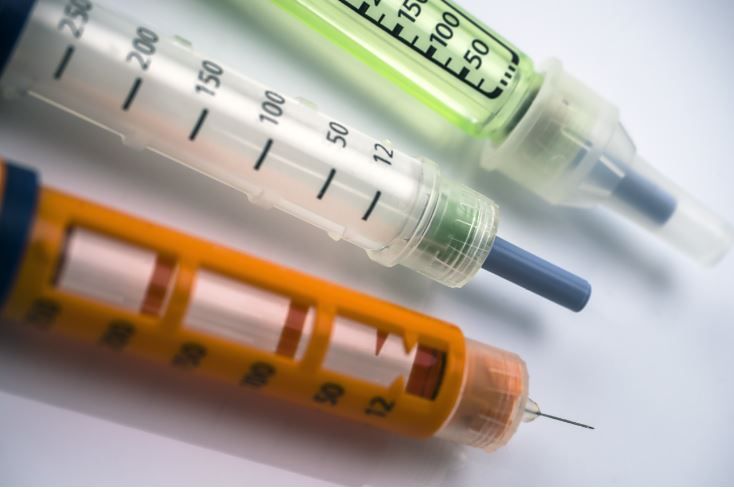- Clinical Technology
- Adult Immunization
- Hepatology
- Pediatric Immunization
- Screening
- Psychiatry
- Allergy
- Women's Health
- Cardiology
- Pediatrics
- Dermatology
- Endocrinology
- Pain Management
- Gastroenterology
- Infectious Disease
- Obesity Medicine
- Rheumatology
- Nephrology
- Neurology
- Pulmonology
Tirzepatide Led to Clinically Meaningful Improvements in Body Composition in Adults with Obesity/Overweight
ObesityWeek 2022: Tirzepatide-induced weight reduction was associated with body composition improvements in adults with obesity/overweight, found analysis of SURMOUNT-1.
©felipecaparros/AdobeStock

Tirzepatide-induced weight reduction was associated with body composition improvements that were clinically meaningful and consistent across age groups in adults with obesity/overweight, according to a new analysis of phase 3 SURMOUNT-1 clinical trial data.
Findings were presented at ObesityWeek® 2022, held in San Diego, CA, and virtually, November 1-4, 2022.
“Excessive lean mass loss is a clinical concern in elderly individuals being treated for obesity,” wrote authors of the current analysis. “This analysis evaluated the change in total body mass (TBM) and body composition (BC) across age subgroups.”
Results from the SURMOUNT-1 clinical trial showed that persons with overweight or obesity taking tirzepatide lost up to 22.5% of their baseline body weight. SURMOUNT-1 included adults aged ≥18 years with a body mass index (BMI) of ≥30 kg/m² or ≥27 kg/m² and at least 1 weight-related comorbidity (excluding diabetes). Participants were assigned in a 1:1:1:1 ratio to receive once-weekly, subcutaneous tirzepatide (5 mg, 10 mg, or 15 mg) or placebo for 72 weeks, including a 20-week dose-escalation period. TBM and BC were evaluated in a subpopulation that underwent dual-energy x-ray absorptiometry (DXA).
In the current DXA subpopulation analysis, change from baseline in TBM and BC (fat mass to lean mass ratio [FM:LM]) at week 72 was assessed within age subgroups of <50, ≥50 to <65, ≥65 years. On treatment data prior to discontinuation of tirzepatide or placebo were used for analysis.
There were 255 adults enrolled in the DXA substudy (72% women; mean age, 46 years; BMI, 38.0 kg/m2; TBM, 101.8 kg; FM:LM, 0.94) and 160 had baseline and postbaseline DXA data (99, 41, and 20 in the subgroups with age <50, ≥50 to <65, and ≥65 years, respectively), according to the study abstract.
The percent change from baseline in TBM was -21.5%, -20.8%, and -22.0% with tirzepatide (pooled 5/10/15 mg) compared to -2.3%, -12.2%, and -3.8% with placebo in the subgroups with age <50, ≥50 to <65, and ≥65 years, respectively (p<.001, p=.023, and p<.001), wrote researchers in the abstract.
The BC (FM:LM) change from baseline was -0.25, -0.24, and -0.25 with tirzepatide (pooled 5/10/15 mg) compared to -0.03, -0.14, and -0.04 with placebo in the subgroups with age <50, ≥50 to <65, and ≥65 years, respectively (p<.001, p=.089, and p=.029).
The authors conclude that improvement in BC among tirzepatide-treated patients was consistent across age groups with similar change in FM:LM among those aged ≥65 years and <65 years.
Obesity Linked to Faster Alzheimer Disease Progression in Longitudinal Blood Biomarker Analysis
December 2nd 2025Biomarker trajectories over 5 years in study participants with AD show steeper rises in pTau217, NfL, and amyloid burden among those with obesity, highlighting risk factor relevance.
